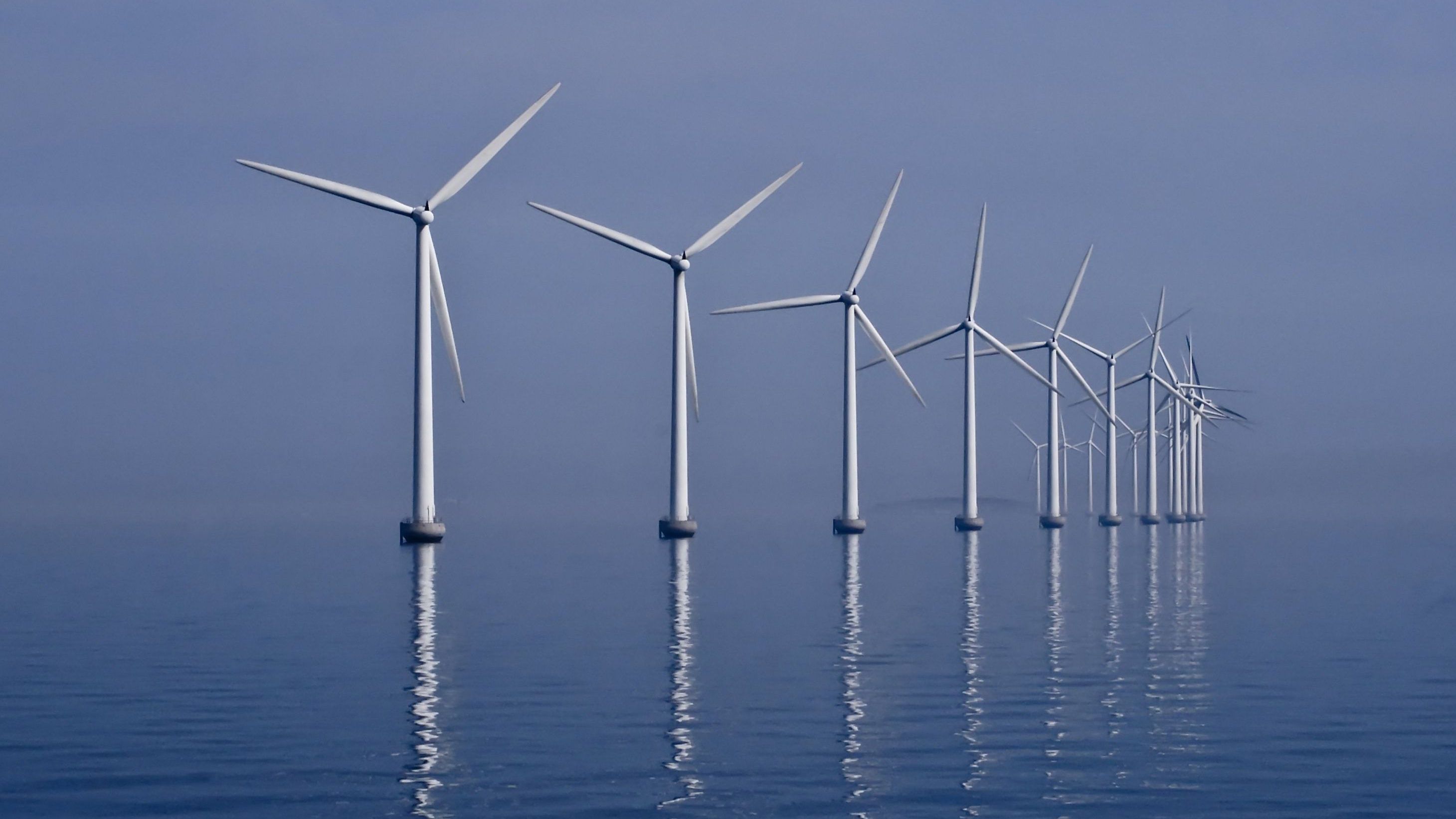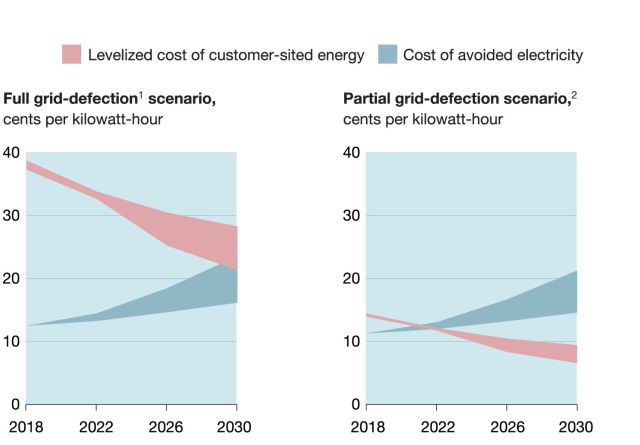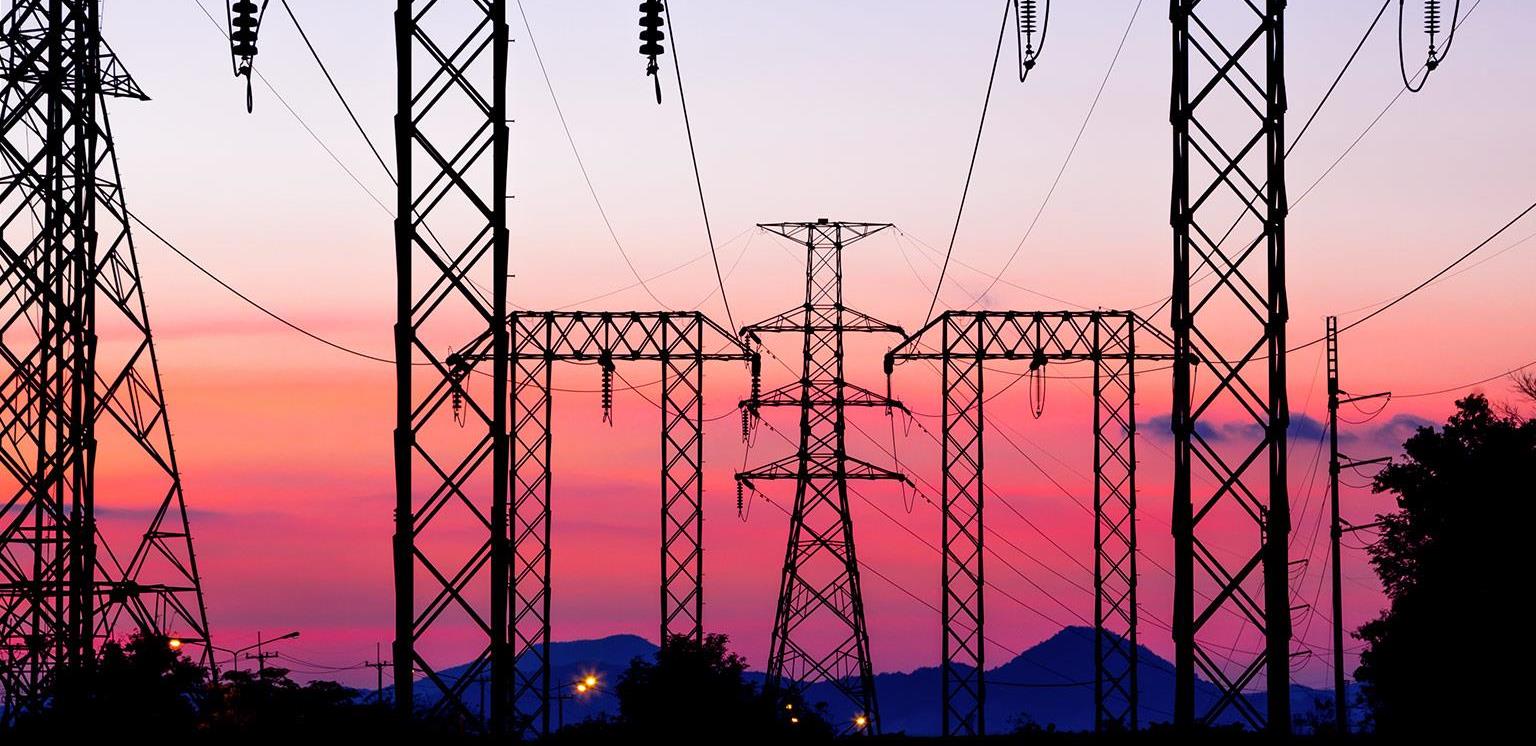Battery systems and alternative energy are reshaping the traditional market of energy services

Many households and businesses in different countries install solar panels. This, of course, is most advantageous to do where the level of insolation is beneficial, although in some cases it is worthwhile to install photocells in other regions. The owners of houses and apartments put solar panels on themselves in order to be less dependent on energy supplies to the grid and, of course, save on paying bills. True, not many people succeed in completely switching to self-sufficiency in electricity. There are houses whose owners cost only photovoltaic cells / biogas / windmills and do not consume electricity from the public grid.
The disconnecting trend is becoming increasingly noticeable, and this could adversely affect the energy industry. Many energy companies are already thinking about what to do if customers begin to massively refuse their services. If this had happened, many of them would simply go bankrupt. Analysts are trying to follow the dynamics of this situation in order to predict what will happen in the future.
In particular, the consulting company McKinsey has worked on two possible scenarios for future developments. The first is when homeowners will disconnect from the grid, becoming completely autonomous. The second is when the disconnection is not performed, but the overwhelming amount of electricity is generated by the households themselves, consuming only a fraction of the “total” energy for which you have to pay.
At the moment, in most countries, despite the relatively high cost of electricity, complete disconnection from the grid is not yet a very cost-effective business. The fact is that installing a reliable system that allows you to “collect” and store electricity at home or, especially, in an enterprise is a very expensive pleasure. But over time, the cost of the system and its installation will decrease, so that somewhere in the year 2030 it will be more profitable for the households to switch to a fully autonomous mode of operation. The implementation of the second scenario, when the connection to the network remains, but 80-90% of the energy needs of the household provide for themselves, will be possible by 2020. In any case, in the USA.

In some countries, households are already transitioning to such a regime, for example, in Australia and the Hawaiian Islands. In some regions with a high level of insolation in the USA, this scenario is also being implemented. This is primarily about Arizona, California, Nevada and New York. Solar panels and related equipment becomes better, more efficient and at the same time less expensive.
Rearrange or go away
Traditional energy companies, in connection with the shutdown of a number of customers, have a problem that is difficult to solve. The point is that the fewer customers such organizations have, the higher the cost per unit of energy they supply. After all, the work of the company, including the maintenance of lines, taxation, the salary of employees, depends on income. The fall in revenues can be rapid, and the more rapid the rise in prices will be. And again, the higher the price of "traditional" energy, the greater the number of customers of the power company will think about turning off. The higher the price of energy, the more outgoing. Almost a paradox.
It is quite possible that in the future energy companies will work only for a few days or a week in a year when, for some reason, the generation of electricity by alternative sources will decrease. The traditional grid will play the role of a huge backup line that will only power the household as a last resort.
But it is clear that the model of work of energy companies does not provide (so far) for such an option. The standard scheme is the dependence of the company's income on kilowatt-hours sold to consumers. The more energy is consumed, the more digging earns. Many companies offer tariffs in which the cost of energy depends on the time of day. At peak hours the price of electricity is maximum, at night - the minimum.
If customers do not consume energy or will, but few, have to develop a new business model. And here, perhaps, companies will have to offer unusual solutions. For example, to provide for a fixed cost of connection to the general grid, so that the client will pay as it were for a backup access channel to energy and there will be little to depend on the consumption here. Such a scheme can be compared with unlimited Internet - the client receives the service for a fixed price, in most cases, regardless of the volume of traffic consumption. In some cases, you have to pay extra if there is any limit on traffic. Maybe something like this is worth starting to think about and energy companies.

The end of the traditional scheme of their work is close, since the cost of solar cells decreases the faster, the more new factories for their production appear. According to the forecast of Greentech Media projects , by 2020 in households and companies the total capacity of batteries will exceed this figure for energy companies. So the latter will have to change very quickly, depends on it, in fact, their survival. Regulators and companies will have to find ways to create the most efficient business model in the new environment sooner or later. And it's better to do it early.
On the other hand, some organizations change their own work strategy, also switching to alternative sources. For example, in Germany at the end of April, 85% of the total volume of the country was obtained from renewable sources, including solar energy, biogas, wind and hydroelectric power plants.
In Chile, the situation is even more interesting; here, last year, for 113 days, energy prices at some point fell to zero. The fact is that the level of insolation is high here and there are a lot of solar power plants. The result is a very large amount of energy.
In Denmark, not so much solar energy, but often strong winds blow. As a result, in the same last year, wind turbines of the country's energy companies generated more than 40% of the total energy produced in the country. And within a few hours, electricity prices were negative. That is, energy producers paid consumers.
In China, the government is implementing an ambitious plan to switch from "dirty" energy sources to alternative sources. Within a few years they will invest about $ 361 billion.
Battery systems
According to experts, the modern look of the energy industry is changing not only the replacement of conventional sources with alternative ones, but also the appearance of inexpensive batteries. The same company Tesla produces solutions for households and enterprises. Batteries help, firstly, to have energy in case the main source is disconnected, and secondly, to accumulate energy at the time when it is the cheapest. Accordingly, at peak times, a household or enterprise can use battery life, its own reserves, without overpaying the supplier.
So the energy companies themselves are changing, most likely, those that can keep up with the times will continue to flourish. Well, those of them that prefer to work with traditional energy sources will gradually disappear from the market. Additional solutions, in addition to alternative energy sources, may be new types of software, advanced analytical systems for managing the load of power grids. You can also use combined solutions that allow you to combine the traditional model of work with alternative ones.

In the development of new grid infrastructure, other companies play an important role, for example, financial ones. They also need to gradually change the model of work with energy companies so that investors and owners of facilities can use the funds with maximum efficiency.
Of course, all market players are ahead - a complex and relatively long (although not the same as it might seem) development, the transition to new standards and methods of work. Over time, someone will fail, someone will become super-successful. In general, the further development of the energy sector will depend on four factors: how quickly the cost of battery systems will fall, how efficient energy companies can be, whether participants in other areas will help (financial institutions in the first place) and how soon a balance will be established between companies' desire make a profit and the need to invest in the modernization of the energy infrastructure. But one thing is already clear - everything is changing very quickly, the bill goes on not for decades, but for years.
All Articles